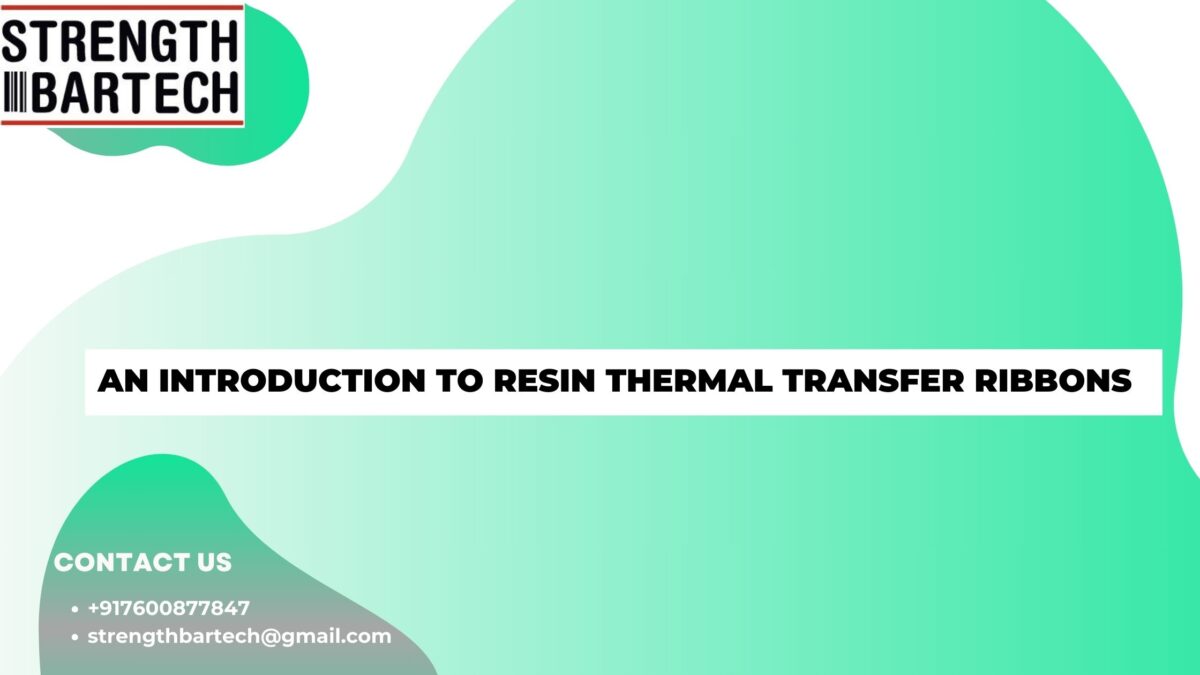In the world of labels, there’s a special category that thrives where others might wither away – the realm of high temperature labeling. These are the unsung heroes that endure extreme heat, providing crucial information in environments where standard labels would falter. In this article, we’ll dig into the entrancing universe of high temperature marking, investigating its significance, applications, and the innovation that permits names to overcome the intensity.
Understanding the Basics:
High temperature marks, otherwise called heat-safe names, are explicitly intended to endure raised temperatures. These marks are made from materials that can get through limits, guaranteeing that imperative data stays in one piece and clear even in the most blazing of conditions.
Applications of High Temperature Labels:
1. Industrial Settings: In manufacturing and industrial processes, machinery often generates intense heat. High temperature labels find their home on equipment, providing essential information such as operating instructions, warnings, and safety guidelines.
2. Automotive Industry: Under the hoods of vehicles, where temperatures can soar, high temperature labels play a crucial role. They are used for engine parts, exhaust systems, and various components that experience extreme heat during operation.
3. Cooking and Food Packaging: Labels on cookware, ovens, and food packaging must endure heat without compromising information. High temperature labels are designed to withstand the heat of cooking appliances and maintain clarity.
4. Electronics: In electronic devices and appliances that generate heat during operation, high temperature labels are used to provide information about product specifications, safety instructions, and compliance details.
Key Features of High Temperature Labels:
1. Heat-Safe Materials: Materials with outstanding intensity opposition, like polyester, polyimide, or clay, are regularly used to make these marks.
2. Stick Strength: High temperature names don’t strip or tumble off in light of the fact that the cement utilized for them is intended to keep its holding strength even in high intensity.
3. Durability: High temperature marks are strong and ready to endure delayed openness to warm without disintegration, guaranteeing life span and unwavering quality.
Technology Behind High Temperature Labeling:
The production of high temperature labels involves precision and advanced technology. Techniques such as thermal transfer printing, laser marking, and special coating processes contribute to the creation of labels that can endure extreme temperatures.
Conclusion
In the ever-evolving landscape of labeling, high temperature labels stand out as a specialized solution for environments where heat is a constant challenge. From industrial settings to the automotive industry and beyond, these labels play a vital role in conveying essential information even in extreme conditions. Understanding the intricacies of high temperature labeling allows industries to make informed choices, ensuring that labels remain resilient, clear, and functional, even when things get hot.
Let’s wrap up here! Well, we are the leading barcode label printer in Ahmedabad. For any queries or booking, Visit the Contact Us page!










